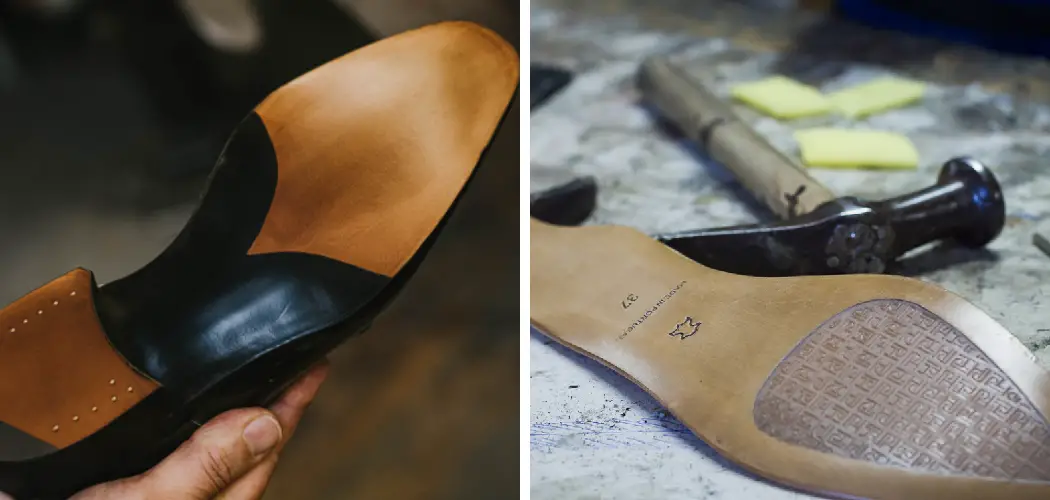Are you looking for a way to protect your leather soles from the elements? Want to make sure that they last as long as possible through every season? If so, then this blog post is here to help. We’ll discuss everything you need to know about waterproofing and protecting leather soles, including what type of products are best suited for the job, how often these treatments should be performed, and effective techniques for properly caring for your stitched shoes. By following these simple steps, you’ll be able to keep your coverings looking great while still enjoying their longevity!
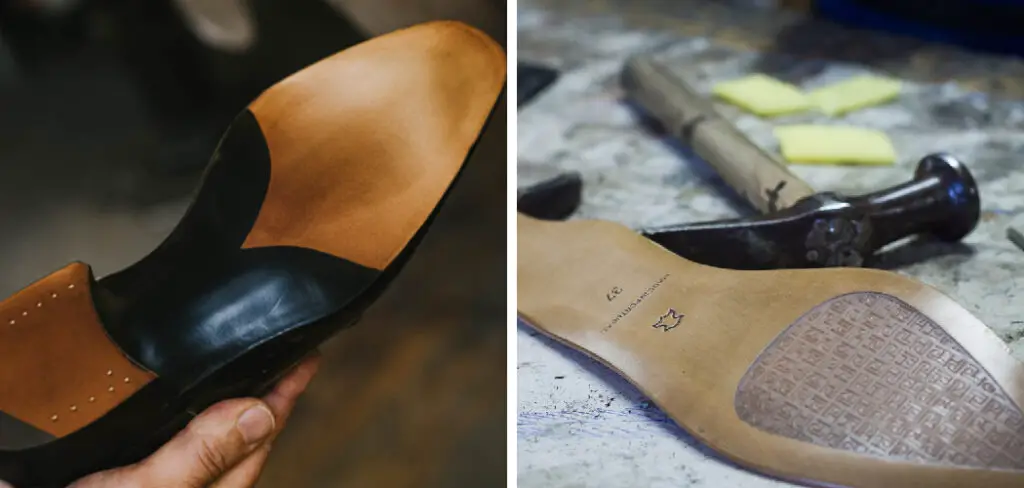
With some simple steps and a bit of maintenance, it’s surprisingly easy to waterproof leather soles. In this blog post, we’ll provide you with all the information you need on how to waterproof leather soles – effectively keeping the leather in good condition for a much longer time. You will also get tips on how often it is best to reapply protection as needed, depending on where and when shoes are worn most often. Keep reading to find out more!
Why May You Want to Waterproof Leather Soles?
1 . To Protect Your Footwear from Water Damage
Waterproofing leather soles can help ensure that your footwear remains in great condition, even if you subject it to wet conditions. This is especially important for shoes and boots that are made of delicate leather as water can cause lasting damage. By properly waterproofing them before wearing them out in the rain or snow, you’ll be able to keep them looking great for years to come.
2 . To Stop Leather Soles from Absorbing Moisture
Leather soles can absorb moisture from the environment and become waterlogged, making it more difficult to walk in them. Waterproofing your leather soles helps to prevent this absorption of moisture. You won’t have to worry about your soles becoming too heavy or uncomfortable when they get wet.
3 . To Prevent the Leather from Becoming Brittle and Cracking
When leather gets waterlogged, it can become brittle and crack over time. This will ruin your shoes and boots. Waterproofing helps stop this from happening by providing a barrier between the leather and the moisture.
4 . To Maintain Traction on Slippery Surfaces
If your leather soles become wet, they can become slippery and cause you to lose traction when walking on slick surfaces like wet tarmac or ice. Waterproofing them helps create a barrier between your feet and the ground so that you can maintain a good grip.
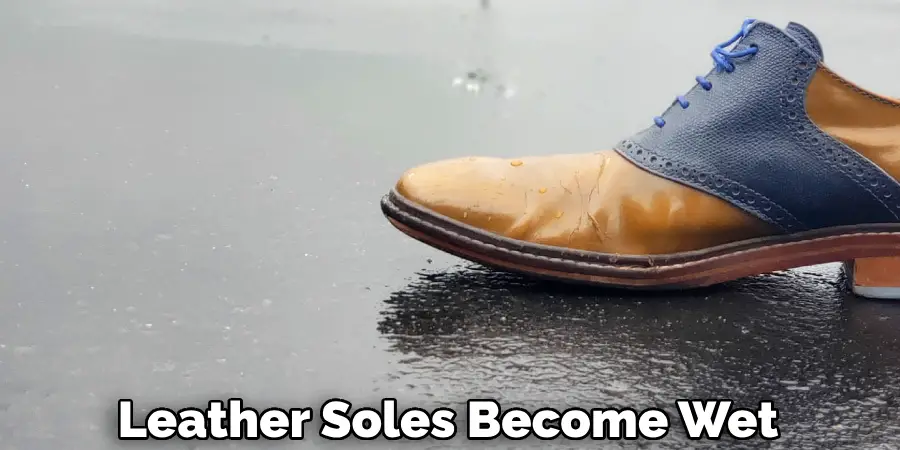
10 Ideas on How to Waterproof Leather Soles
1 . Waxing Your Leather Soles
Waxing your leather soles is one of the oldest and most effective ways to make them waterproof. You can either buy a dedicated wax that’s designed specifically for use on leather, or you can opt for all-purpose shoe polish. Simply apply the wax to the sole of your shoes using a cloth and then buff it off with a dry cloth for an added layer of protection against the elements.
2 . Apply Silicone Spray
Using a silicone spray on your leather soles is another great way to waterproof them. The spray will provide a protective barrier that will repel water, and it’s also easy to apply. Just make sure you test it in an inconspicuous spot on your shoe first to make sure it won’t affect the color or texture of the leather.
3 . Treat With Water Repellent Spray
Water-repellent sprays are designed to create a barrier that will help keep your shoes dry and prevent water from seeping through them. These sprays come in different formulas, but a good quality one will usually contain a wax or silicone component that will help to waterproof the leather.
4 . Waterproofing Creams
Waterproofing creams are specifically designed to be used on leather soles, and they provide an effective barrier against water. You can find them in different formulations, so make sure you read the label carefully before buying one. Apply the cream using a clean cloth, and make sure you buff it off to create an extra layer of protection.
5 . Coating with Beeswax
Beeswax is another great way to waterproof your leather soles. All you need to do is melt some beeswax and then brush it onto the sole of your shoe. The wax will form a protective barrier that will keep the leather from absorbing water. Plus, it has natural antibacterial properties and can also help to condition the leather.
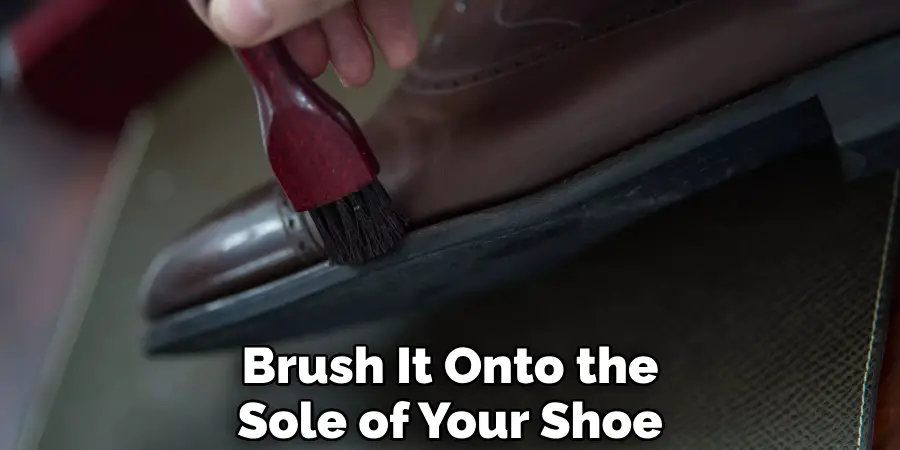
6 . Grease or Oil Treatment
Grease or oil treatments can also be used to waterproof your leather shoes. The best way to apply them is by massaging a small amount into the leather using a clean cloth. The grease or oil will form a protective barrier that will help keep water out.
7 . Waterproofing Socks
If you don’t want to waterproof your shoes directly, you could consider wearing waterproof socks instead. These are designed to be worn over your regular socks and they provide an extra layer of protection against the elements. They’re also great for keeping your feet dry and warm in wet conditions.
8 . Apply Petroleum Jelly
Petroleum jelly is often used as a lip balm, but it can also be used to waterproof leather soles. Just rub a small amount into the leather using a cloth, then buff off any excess with a clean cloth to help create a protective barrier.
9 . Shoe Sprays and Gels
Shoe sprays and gels are specifically designed to be used on leather shoes, and they provide an effective layer of protection against the elements. Make sure you read the label carefully before applying these products, as some can discolor or damage the leather if not used correctly.
10 . Sprinkle on Powders
Sprinkling powders onto your leather soles is another great way to waterproof them. These powders are designed to form a barrier that will repel water and help keep the leather from absorbing moisture.
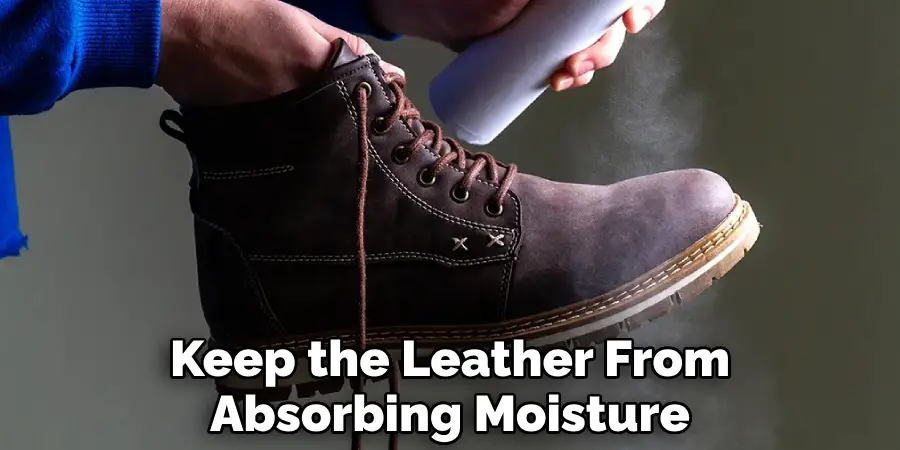
Frequently Asked Questions
What Precautions Should I Take Before Waterproofing Leather Soles?
Before waterproofing leather soles, it is important to make sure the leather is clean and free of any dirt or oils. If not properly cleaned prior to treatment, the waterproofing agent may not adhere correctly and could cause damage to the leather. Additionally, it’s also important to note that some types of leather may not react well to certain waterproofing agents. It’s a good idea to do some research and test the product before using it on your leather soles.
Is It Necessary to Re-waterproof Leather Soles?
Yes, it is necessary to re-waterproof leather soles occasionally. This should be done at least once a year to ensure the leather remains protected from water damage. It is also important to note that some waterproofing agents may need to be reapplied more frequently, especially if you are regularly exposing your leather soles to moisture or wet conditions.
Are There Any Alternatives to Waterproofing Leather Soles?
Yes, there are a few alternative methods for waterproofing leather soles. One option is to apply an oil-based dressing, such as mink oil or beeswax, which will help keep the leather supple and protected from water damage. Another option is to use a sealant that forms a protective barrier on top of the leather, such as waxed cotton or silicone-based products. Lastly, you can also use a combination of these methods to create a more durable barrier against the elements.
What Are Some Tips for Preventing Leather Soles From Drying Out?
In addition to waterproofing your leather soles, there are other steps you can take to prevent them from drying out and cracking. First, make sure to always store leather soles in a cool, dry place. Secondly, use shoe trees or cedar balls to absorb moisture and maintain the shape of the leather. Lastly, condition your leather soles regularly with oil-based dressing or water-based cream. This will help keep them soft and supple, as well as protect against damage caused by environmental factors such as sun exposure.
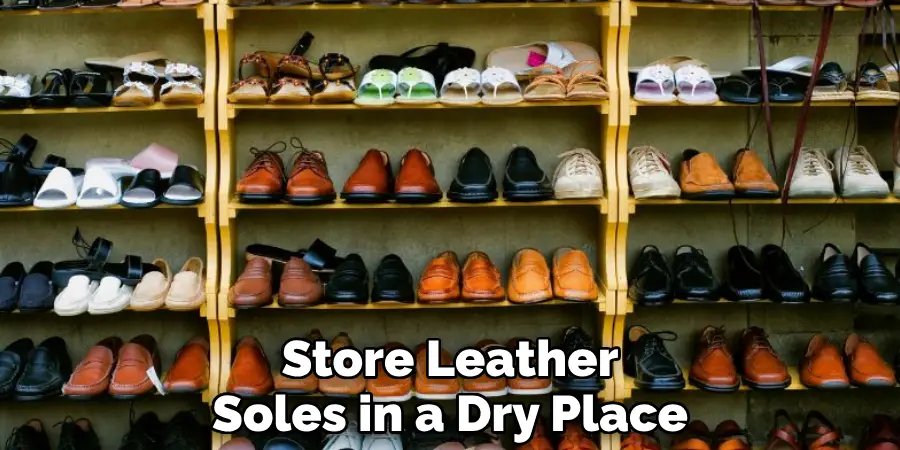
Conclusion
As we can see, waterproofing leather soles is not an overwhelmingly difficult task. However, if done improperly, you could find yourself facing costly and time consuming repairs later on down the line. By following the simple steps detailed in this post, you can have a great pair of shoes that will stay comfortable and look amazing for a long time. Therefore, taking care of your leather-soled shoes is well worth the minimal effort it takes! A good wax sealer and careful application technique are often all that is needed to ensure that your shoes stay protected from rain or other outdoor hazards.
Now you know how to waterproof leather soles! Remember to always test out a small area of the shoe before application to make sure there are no issues with discoloration or fading. Lastly, be sure to keep track of when it’s time for reapplication over time since wax seals can wear off with use. By attentive care and maintenance now, you’ll save yourself money and headaches later!

